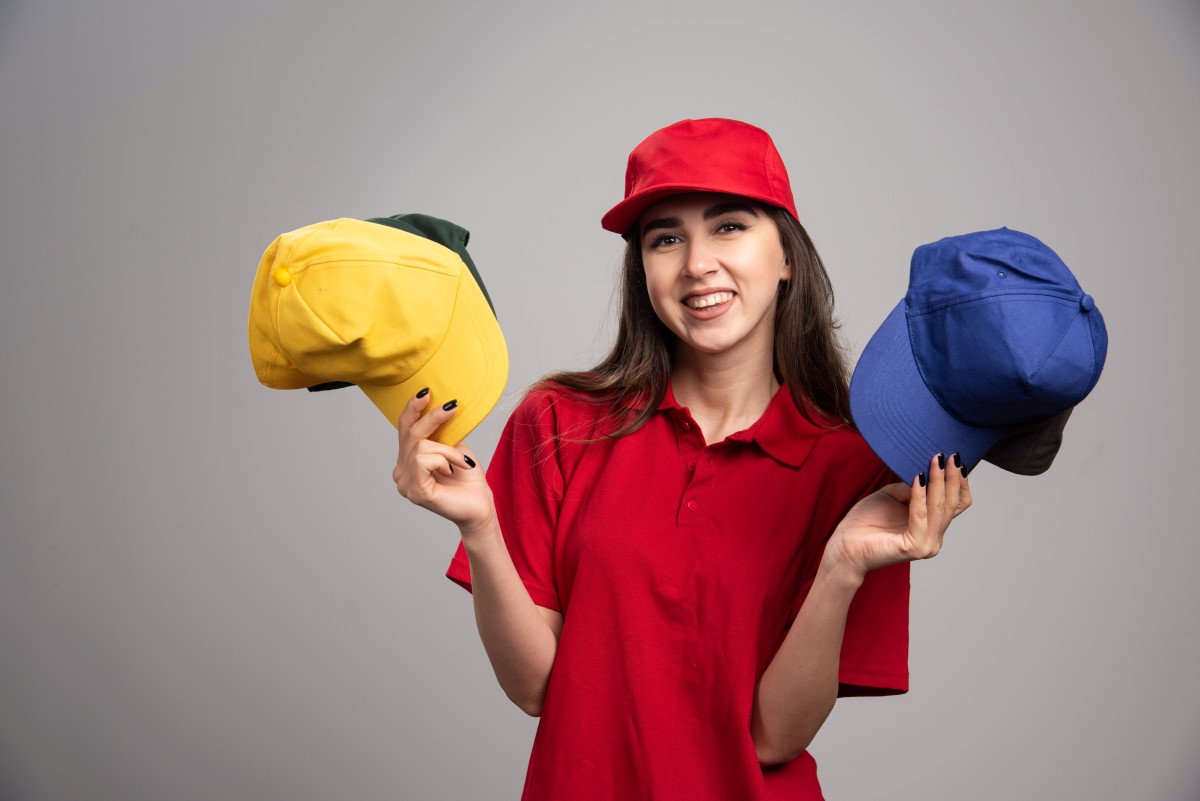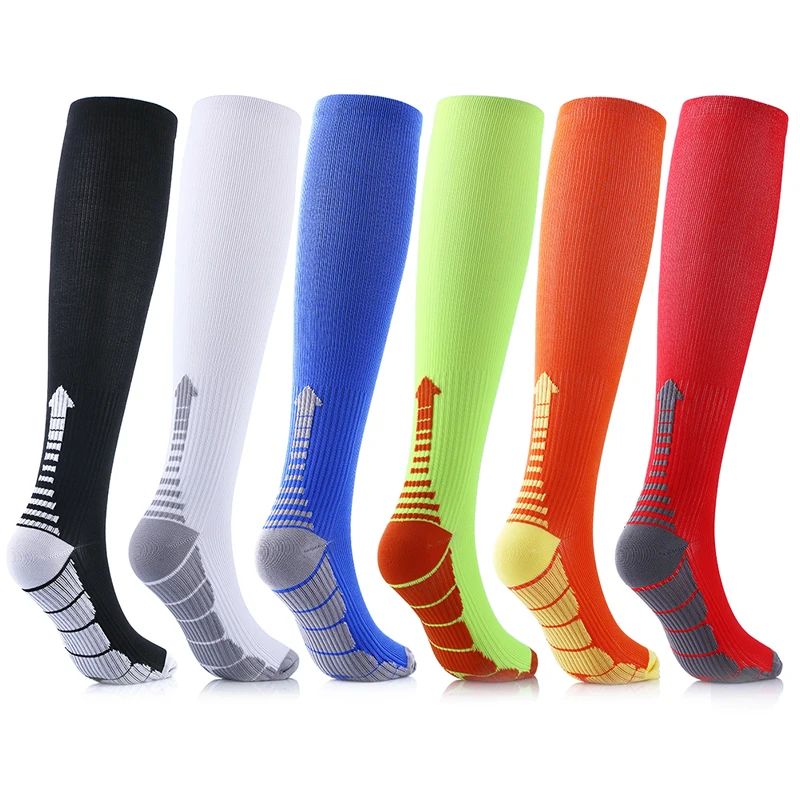Compression socks have gained significant popularity in recent years, becoming a go-to solution for people of all ages and lifestyles. But what exactly do these socks do, and why should you consider incorporating them into your daily routine? In this comprehensive guide, we’ll explore the benefits of compression socks, how they work, and the different types available, including options like compression socks for ladies and compression quarter socks for men.
Understanding Compression Socks: How Do They Work?
Compression socks are specially designed to apply pressure to your legs, helping to improve blood circulation and reduce discomfort. They work by gently squeezing the legs, which helps the veins move blood more efficiently back to the heart. This enhanced circulation can prevent swelling, reduce the risk of blood clots, and even alleviate symptoms of conditions like varicose veins.
How Compression Socks Work:
- Graduated Compression: Most compression socks are designed with graduated compression, meaning the pressure is strongest at the ankle and gradually decreases as it moves up the leg. This design mimics the natural flow of blood, encouraging it to move upwards rather than pool in the lower legs.
- Support and Stability: By providing support to the veins and muscles, compression socks help reduce the strain on your legs, particularly during prolonged periods of standing or sitting.
- Enhanced Oxygen Delivery: Improved circulation means better oxygen delivery to your muscles, which can reduce fatigue and enhance performance, particularly for athletes.
Benefits of Compression Socks
Compression socks offer a range of benefits that make them a valuable addition to any wardrobe, whether you’re an athlete, a frequent traveler, or someone dealing with medical conditions that affect circulation.
1. Improved Blood Circulation
The primary benefit of compression socks is their ability to improve blood circulation. This is particularly beneficial for people who spend long hours sitting or standing, such as office workers, nurses, or travelers. By promoting better blood flow, compression socks can help prevent issues like deep vein thrombosis (DVT) and reduce swelling in the legs and feet.
2. Reduced Swelling and Inflammation
Swelling, or edema, in the legs and feet can be caused by various factors, including pregnancy, prolonged standing, or medical conditions like lymphedema. Compression socks apply pressure to the legs, which helps prevent fluid from accumulating in the tissues and reduces swelling.
3. Enhanced Athletic Performance
For athletes, compression socks can provide several advantages. They help improve circulation, which in turn enhances oxygen delivery to the muscles. This can lead to better performance and quicker recovery times. Compression socks also reduce muscle vibration during physical activity, which can decrease the risk of injury and muscle fatigue.
4. Support During Pregnancy
Compression socks for ladies are particularly beneficial during pregnancy. Many women experience swelling in their legs and feet due to increased blood volume and pressure on the veins. Compression socks help manage this swelling and reduce the risk of developing varicose veins or DVT during pregnancy.
5. Relief from Varicose Veins
Varicose veins are swollen, twisted veins that are visible just under the surface of the skin. They can cause discomfort, pain, and a feeling of heaviness in the legs. Compression socks provide support to the veins, helping to alleviate these symptoms and prevent the condition from worsening.
Types of Compression Socks
Compression socks come in various styles, each designed to meet specific needs. Whether you’re looking for something to wear during exercise or something more discreet for everyday use, there’s a compression sock to suit your needs.
1. Knee-High Compression Socks
These are the most common type of compression socks, providing support from the foot up to the knee. They are ideal for everyday wear and can help manage conditions like varicose veins, DVT, and edema.
2. Compression Socks for Ladies
Designed with women in mind, compression socks for ladies often come in more stylish designs and colors, while still providing the same level of support and compression. They are perfect for pregnant women, women who are on their feet all day, or anyone looking for a more feminine touch.
3. Compression Quarter Socks for Men
Compression quarter socks for men are a popular choice for athletes and active individuals. These socks provide compression around the ankle and lower calf, offering support during sports and physical activities without the full coverage of knee-high socks. They are great for reducing fatigue and improving performance during workouts.
4. Thigh-High and Full-Length Compression Socks
For those who need more extensive support, thigh-high and full-length compression socks are available. These socks extend above the knee, providing additional support to the entire leg. They are often used by people with more severe circulation issues or those recovering from surgery.
To help you visualize the benefits and options of compression socks, here’s a table summarizing the different types and their specific uses:
| Type of Compression Sock | Best For | Key Benefits |
| Knee-High Compression Socks | Everyday wear, varicose veins, DVT, edema | Improved circulation, reduced swelling |
| Compression Socks for Ladies | Pregnant women, women on their feet all day | Stylish options, swelling management, varicose vein relief |
| Compression Quarter Socks for Men | Athletes, active individuals | Enhanced performance, reduced fatigue |
| Thigh-High/Full-Length Compression | Severe circulation issues, post-surgery recovery | Full leg support, comprehensive circulation improvement |
Who Should Wear Compression Socks?
Compression socks are beneficial for a wide range of people. Here’s a quick guide to who might benefit most from wearing them:
1. Athletes: Compression socks can help improve performance, reduce muscle fatigue, and speed up recovery times.
2. Pregnant Women: The increased blood volume and pressure on the veins during pregnancy can lead to swelling and varicose veins, which compression socks can help manage.
3. Travelers: Long flights or car rides can increase the risk of DVT due to prolonged sitting. Compression socks help maintain circulation during these extended periods of inactivity.
4. Office Workers: Sitting at a desk all day can lead to poor circulation in the legs. Compression socks help promote blood flow, reducing the risk of swelling and discomfort.
5. Elderly Individuals: Older adults are more prone to circulation issues, and compression socks can help manage conditions like varicose veins and chronic venous insufficiency.
Conclusion
Compression socks are more than just a trend—they are a practical solution for improving circulation, reducing discomfort, and enhancing performance. Whether you’re considering compression socks for ladies or compression quarter socks for men, understanding their benefits and how they work can help you make an informed decision. With a variety of styles and levels of support available, there’s a compression sock out there to meet your needs. Whether you’re an athlete, an expectant mother, or someone dealing with circulation issues, compression socks can make a significant difference in your overall comfort and health.










